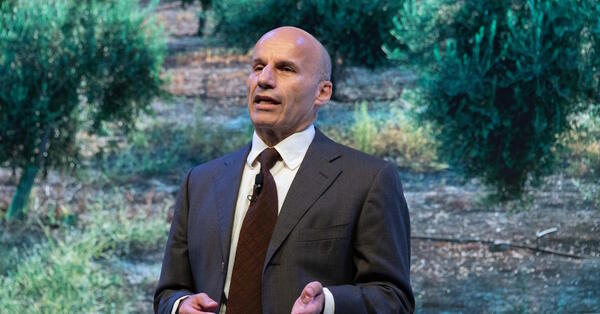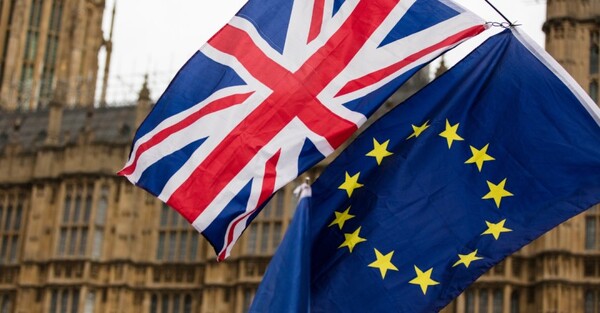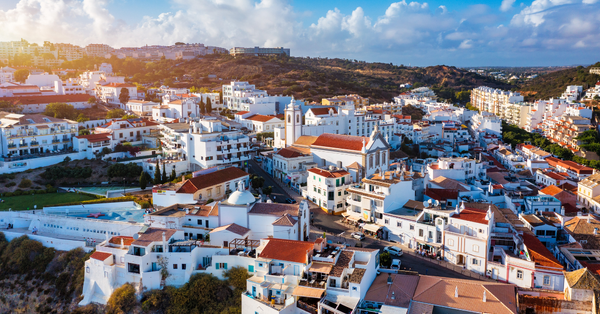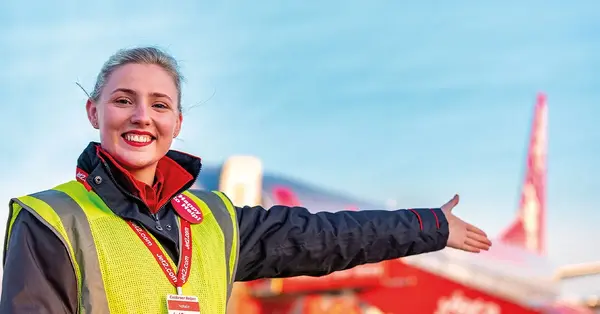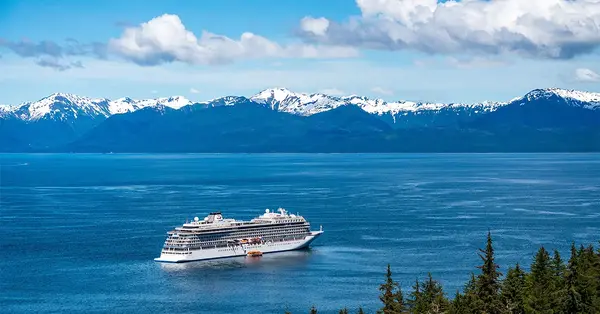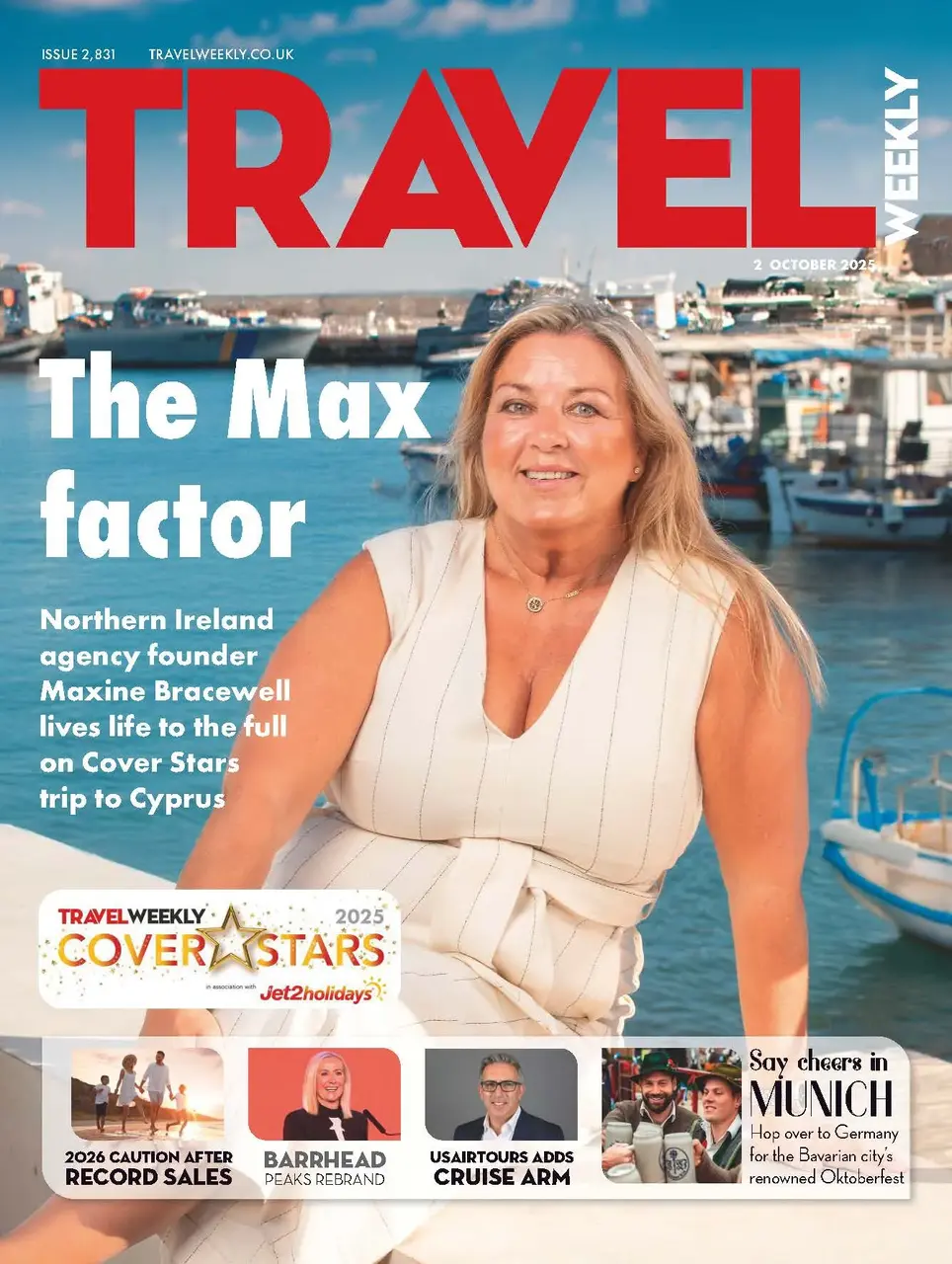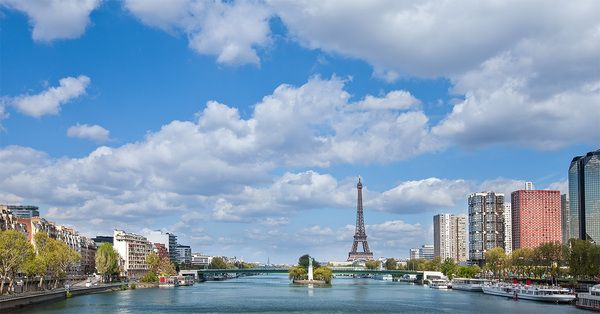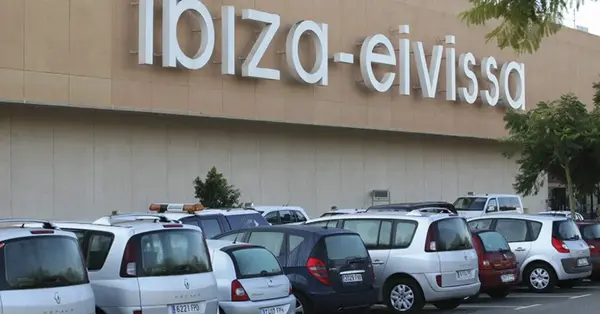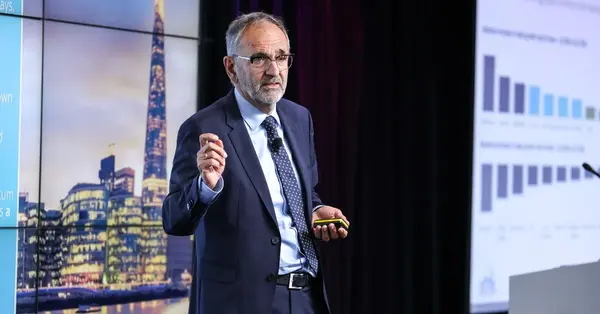You are viewing 2 of your 2 free articles
Destinations can now engage travellers at every stage
Sol Freixa, vice-president of commercial, global destinations and hospitality at Amadeus, offers a guide to how DMOs can interact with travellers from decision making to post-trip
In an age when travellers expect seamless, personalised, tech-driven experiences, the role of destination management organisations (DMOs) is vital, and complex.
From the earliest point of travel inspiration to real-time assistance on the ground, DMOs are positioned to guide, engage and inform visitors.
But fulfilling that role takes more than splashy ads and static websites. It requires a smart digital marketing strategy, real-time insights and a trusted digital presence.
DMOs should seek to evolve to meet travellers where they are – on mobile devices, social platforms and increasingly through AI-powered tools.
Today’s travellers have an abundance of choices. They are inundated with images, ideas and offers, and therefore engaging, inspiring and encouraging them to book requires a strategic approach.
For example, our Travel Dreams research found 60% of leisure travellers say images of stunning landscapes and natural beauty inspire their choice of travel destination. So, for DMOs, it is crucial to showcase the unique features of their region using compelling, digital-first formats.
This visual appeal can be supported when paired with smart targeting. Using advanced data tools, DMOs can now reach those most likely to connect with their destination, whether that connection is rooted in travel style, demographics or country of origin.
Sophisticated segmentation and personalised messaging enable DMOs to inspire travellers in authentic and relevant ways, allowing for marketing campaigns to speak directly to the traveller’s aspirations.
High-value, sustainable travellers – those who spend more, stay longer and respect the environment – might be of special interest. Destination marketers could lead with stories and strategies that resonate with these travellers rather than chasing short-term visitor volume.
The importance of data
What separates high-performing DMOs from the rest? Their access to comprehensive, forward-looking data.
Predictive insights on demand trends, booking patterns and shifting traveller demographics allow destinations to stay ahead of the curve.
It’s no longer enough to react based on seasonal trends or outdated reports. Technology can now deliver dynamic forecasts and real-time recommendations, empowering marketing teams to respond with confidence and transforming decision-making.
These insights can inform smarter, more-resilient marketing strategies.
Whether deciding when to launch a seasonal push or how to diversify audience targeting, data allows a team to act nimbly, resulting in agile and responsive campaigns. And when paired with an omnichannel approach, including social, mobile apps and websites, this can become a powerful way to reach travellers with personalised offers.
Travellers are increasingly turning to AI to plan activities and make spontaneous decisions during trips.
According to our latest research, they are looking for help in a variety of ways including ‘showing me the best places for dinner at my destination’ (50%) and ‘inspiration and helping me work out where to go’ (40%).
Just 13% of travellers said they would not trust AI to recommend things at all.
However, generic or poorly sourced recommendations from general-purpose AI can lead to frustrating, impersonal experiences that do little to showcase a destination’s charm. That is a missed opportunity, and one that DMOs are well positioned to address.
By leveraging AI chatbots alongside other digital tools such as mobile apps, DMOs can provide timely, local and accurate information that enhances the traveller journey.
These tools are extensions of a destination’s voice and values and available 24/7 to assist visitors before, during and even after their trip.
Post-trip engagement is another area where trusted AI can shine. A helpful message from a destination chatbot weeks later can help maintain a relationship with a traveller and spark return visits and word-of-mouth recommendations.
Highlighting attractions
Overtourism is an increasing challenge in many popular tourist hotspots. The solution isn’t to limit marketing campaigns – it’s to get smarter about what is promoted.
DMOs can take the lead in spotlighting underexplored neighbourhoods, hidden gems and cultural experiences that are often overlooked.
By using AI and digital tools to suggest alternative experiences based on traveller interests, DMOs can not only alleviate pressure on top attractions but also offer more rewarding, personalised journeys.
Spreading visitor traffic can help to support local economies, reduce environmental impacts and enhance traveller satisfaction.
It is also a great opportunity for DMOs to educate travellers on the impact of their trip and how they can reduce it, connecting with visitors on a deeper level and positioning themselves as a useful resource for those wanting to travel responsibly.
Travellers are looking for digital tools to help plan their trips, and DMOs should consider evolving to meet these changing expectations. To succeed in this dynamic landscape, blending creativity with data, technology with expertise, and inspiration with authenticity is key.
By prioritising personalised engagement and embracing AI responsibly, DMOs can inspire travellers at every stage of the journey.


